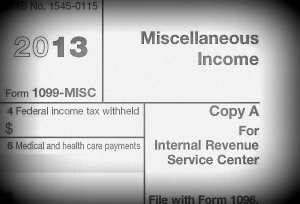Time Expiring to Claim Refunds for 2012 Tax Returns
Deadline to Claim Your Refund
If you did not file a tax return for 2012, you may be one of over 1,000,000 taxpayers who may be due a refund from that year. The deadline for you to claim a refund, on a tax return in which one was owed to you, is 3 years from its due date (including extensions). For example, if you were due a refund on your 2012 Income Tax Return (which was due April 15th 2013), you have until April 15th 2016 to claim it. If you don’t file a claim for a refund within three years, the money becomes property of the U.S. Treasury.
Note, there are no interest and penalties for failing to file a return in which a refund was owed. However, if you have a balance due, those items can be pretty stiff as outlined in this post.
Here are some of the facts you need to know about 2012 unclaimed refunds:
- The unclaimed refunds apply to those who didn’t file a federal income tax return for 2012.
- Some people, such as students, part-time workers or seasonal employees may not have filed because they thought they had too little income to require filing a tax return. However, if you did not have a filing requirement, you may still have a refund waiting if you had taxes withheld from your wages. A refund could also apply if a taxpayer qualified for certain tax credits, such as the Earned Income Tax Credit.
- The law requires that you properly address, mail and postmark your tax return by April 15th 2016 to claim your refund.
- The IRS may hold your 2012 refund if you have not filed tax returns for 2013 and 2014. The U.S. Treasury will apply the refund to any federal or state tax you owe. It also may use your refund to offset unpaid child support or past due federal debts such as student loans.
- If you’re missing Forms W-2, 1098, 1099 or 5498 for 2012, you should ask for copies from your employer, bank or other payer. If you can’t get copies, get a free transcript showing that information by going to IRS.gov. You can also file Form 4506-T to get a transcript.
Need help filing that 2012 tax return? Give us a call or visit the main page of our site. We have the software to file tax returns going all the way back to 2004 so we’re sure we can help you out with 2012!



